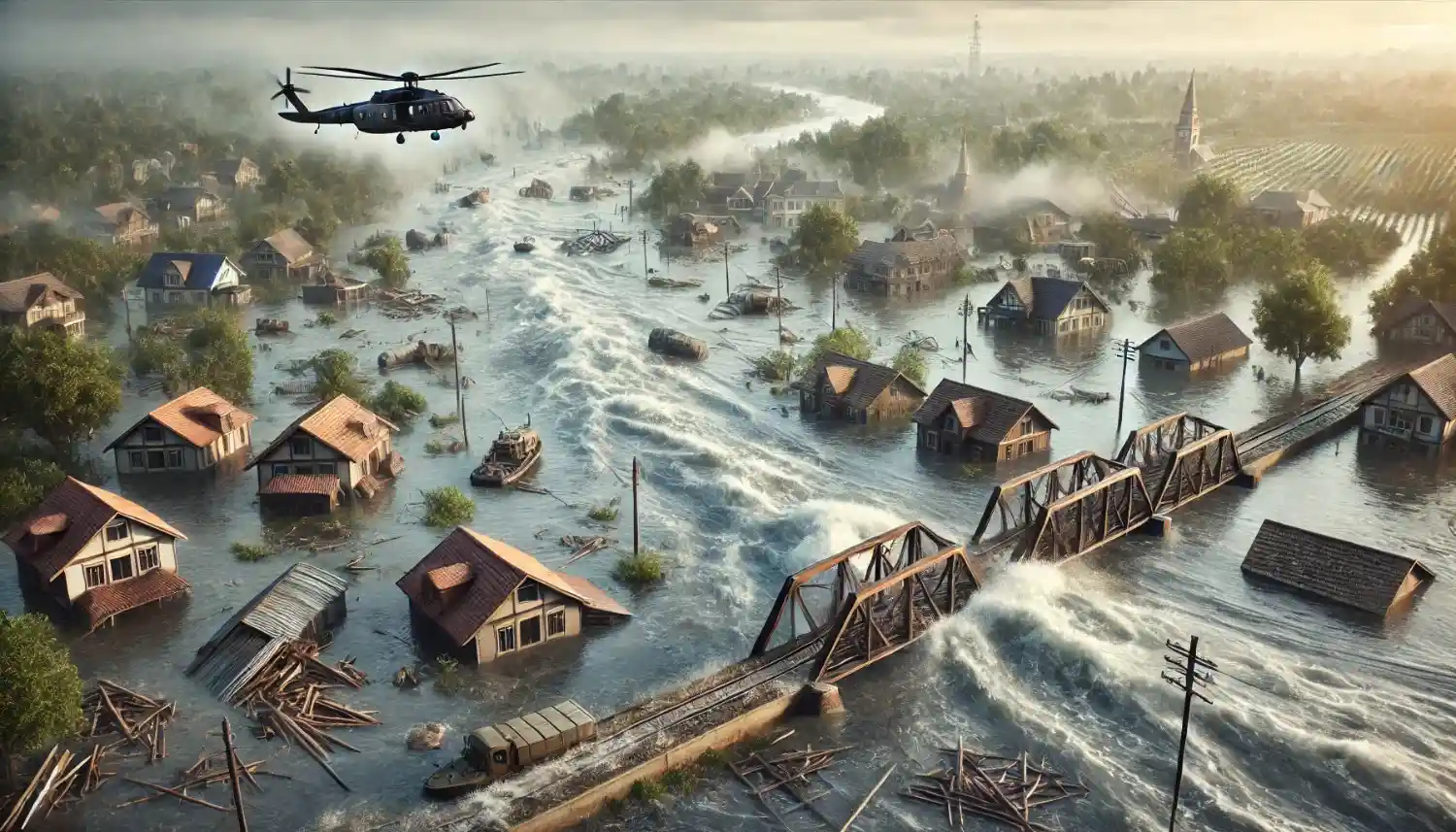
North Korea has been severely hit by extreme levels of Rainfall, which led to record floods primarily affecting the Jagang and Ryanggang provinces in the country that borders china. Previous floods are said to have affected some strategic facilities such as the major weapons production centers and may hinder the country’s contentious arms exports. North Korea has apparently been crediting artillery shells to Russia for the turmoil in Ukraine – an accusation that the Democratic People’s Republic of Korea and Russia deny.
The situation in the region that can be observed in satellite images taken on July 30 clarifies the situation: whole villages are flooded, houses are washed away, and the communication can be established only by boats. This has brought a lot of devastation to the railway bridges and structures and has slowed the deliveries pertaining to the aid supplies and may even stop production from the factories cutch. Among the many affected structures are a recently built ammunition plant and the Kanggye Tractor Factory complex which deals in missiles.
North Korean leader Kim Jong-un has highly participated in the relief efforts more so exercising the function of directing the rescue mission. He has been observed moving around t in a motorized dinghy and also assessing the flood havoc in his black Lexus. The state-controlled media revealed that over five thousand people would be airlifted and transported through other methods; however, this crisis also revealed Kim’s keen interest in managing things up close.
Kim has accused local administrators of not providing sufficient preparations of such natural disasters and that he would ensure they are condemned. Both actions are perceived as an attempt to continue the construction of an image of a purposeful and empathetic leader amidst the country’s economic issues.
Thus, natural disasters make the weaknesses of North Korea’s infrastructure, including poor shower and communications infrastructure, poorly developed forestry and agriculture, and rising deforestation rates evident. Currently, the South Korea has provided humanitarian aid to North and this has been responded by Pyongyang in any way.
It will be some time before people fully understand the level and the extent of destruction that has been caused by this disastrous accident and how it will affect North Korea’s construction and weapons manufacturing in future.
